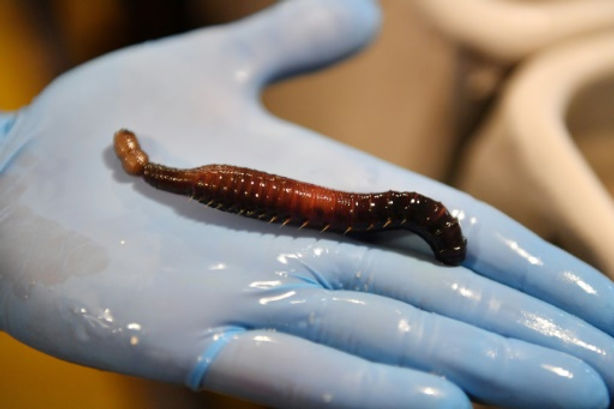By: Amanda Yang
Recently, researchers have found that a kind of worm has evolved to detect cancer cells. The Caenorhabditis elegans, or C. elegans has been found to be able to sense lung cancer while it’s early and treatable.
Scientists put the worms in a handheld chip with 3 indents, one indent with cancer cells and the other with healthy cells while the worms were in the middle indent, to if they went to the side with the cancer cells or healthy cells. Scientists found that C. elegans will prefer cancer cells. There are about 50 worms in each chip. “About 70 percent of the worms move toward the cancer,” says Shin Sik Choi, a biotechnologist in South Korea.
Most people know that worms are attracted to apples, right? Well, it’s because they have something called a “volatile organic compound”, or VOC. This “VOC” is also in lung cancer cells.
It turns out, C. elegans has as good a smelling sense as dogs, which is surprising, as C. elegans only has 302 nerve cells in its body. Due to its simplicity and how it is transparent, researchers can find and pinpoint the exact nerve cell that reacts to cancer cells, by modifying them to have that nerve cell to light up. The nerve cell reacts to 2-ethyl-1-hexanol, which is a VOC that is floral scented.
Shin Sik Choi’s team of researchers modified the worms to have a lack of receptors to 2-ethyl-1-hexanol, and when they tested them against regular C. elegans, it turned out that the modified C. elegans preferred healthy cells over cancer cells, while the normal C. elegans preferred cancer cells more. This shows that 2-ethyl-1-hexanol molecules play a big role in detecting cancer cells.
These worms will play a big part in research of cancer cells, because many cancer patients aren’t diagnosed before the disease becomes hard to treat, due to CT scans being accurate, but giving radiation, which itself can lead to cancer. “The core CT scans you get, the more radiation you get,” says cancer researcher Paul Bunn.
The worm-on-a-chip should be a safer alternative, though not as accurate as the CT scans. This new tool is to provide a low-cost way, not to diagnose cancer, but to find cancer early on, while it can still be treated and removed.











